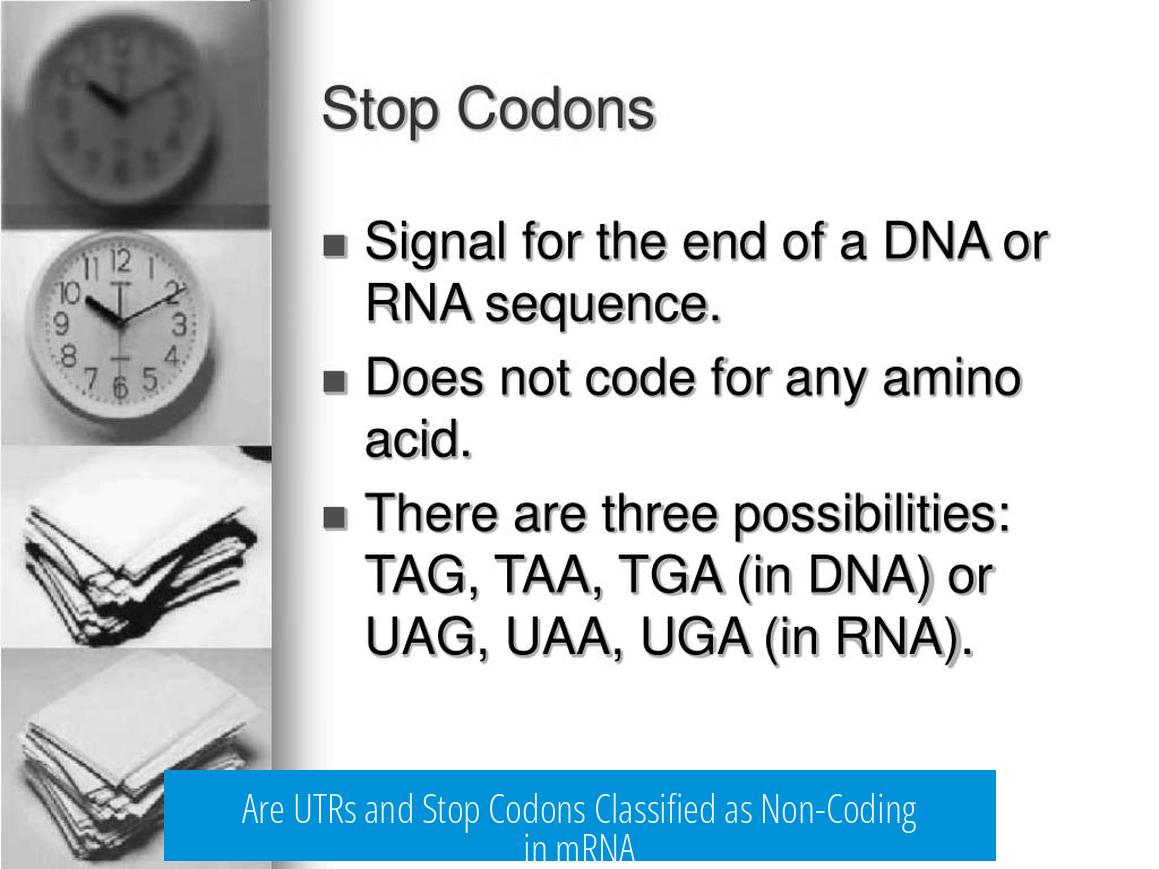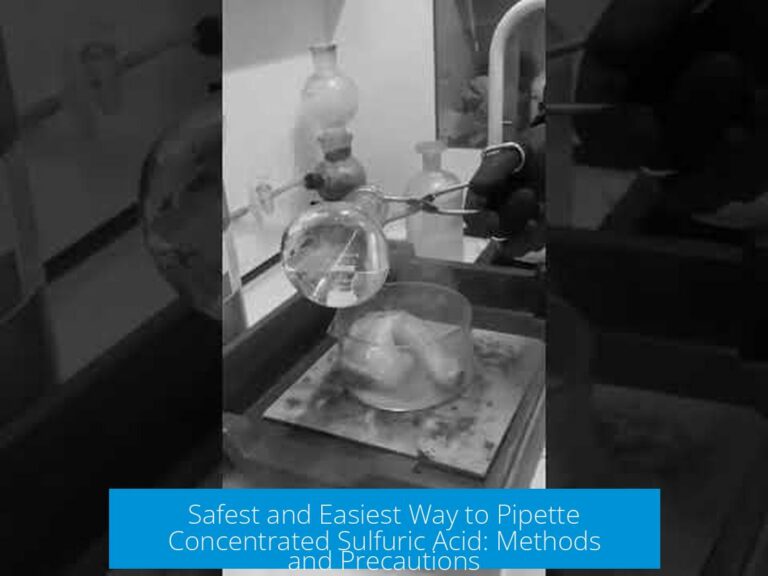Are Untranslated Regions (UTRs) and Stop Codons Considered Non-Coding?
Untranslated regions (UTRs) of mRNA are generally considered non-coding because they do not encode amino acids, while the stop codon, despite not coding for an amino acid, is functionally distinct and not typically labeled as non-coding in the same way.
Understanding “Non-Coding”
The term “non-coding” primarily refers to regions of RNA that do not get translated into protein sequences. UTRs are parts of the mRNA located before the start codon (5′ UTR) and after the stop codon (3′ UTR). These regions regulate translation efficiency, stability, and localization but typically do not code for amino acids.
However, this definition is somewhat semantic. Non-coding means no amino acid translation occurs there, but “non-coding” as a label is mostly applied to entire transcripts, not isolated portions like UTRs or individual codons.
UTRs Can Contain Translatable Elements
UTRs are usually non-coding but can include upstream open reading frames (uORFs) that are translated into peptides. This shows that UTRs are not strictly non-coding in every context. In polycistronic messages, UTRs may contain sequences that encode functional peptides, further blurring the line between coding and non-coding.
The Special Case of Stop Codons
- Stop codons (UAA, UAG, UGA) signal termination of translation but do not code for amino acids.
- They are essential for proper protein synthesis but are not translated into amino acid residues.
- Unlike UTRs, stop codons are integral to the coding sequence because they define where the protein ends.
Moreover, biological systems can reassign stop codons. Certain tRNAs can read stop codons and insert amino acids, effectively recoding a stop codon as a sense codon. This phenomenon adds complexity to the strict “coding/non-coding” dichotomy.
Fluid Definitions and Biological Complexity
The concept of coding vs. non-coding is not absolute and depends on context:
- It is not solely determined by nucleotide triplets.
- It changes based on transcript features.
- It can vary according to translation mechanisms and tRNA availability.
Therefore, rigidly categorizing UTRs as non-coding and stop codons as non-coding overlooks this fluidity.
Summary of Key Points
- UTRs are generally non-coding but may contain translatable uORFs.
- Stop codons do not encode amino acids but define translation termination.
- Stop codons are part of coding sequences functionally, unlike UTRs.
- Coding and non-coding distinctions are context-dependent and not absolute.
- Labels “coding” and “non-coding” usually apply to full transcripts, not small regions.
Are untranslated regions (UTRs) of mRNA considered non-coding because they don’t code for amino acids?
UTRs are mostly labeled non-coding since they don’t usually translate into proteins. However, some UTRs contain upstream open reading frames (uORFs) that get translated, so they are not strictly non-coding in every case.
Is the stop codon considered non-coding because it does not code for an amino acid?
Stop codons signal the end of translation but do not specify an amino acid. While often seen as non-coding, they participate in translation termination, making the label “non-coding” a matter of definition rather than strict biology.
Can a stop codon ever code for an amino acid?
Yes. In some cases, tRNA molecules can be altered to recode stop codons into amino acid codons. This shows the coding function of a stop codon can change depending on cellular context.
Why is the distinction between coding and non-coding regions in mRNA not absolute?
Biology is flexible. Coding status depends on factors beyond the nucleotide triplet, including the whole transcript and translation mechanisms that can vary, so definitions remain approximate.
Are the terms “coding” and “non-coding” applied to specific regions or whole transcripts?
Usually, these labels describe entire transcripts. Applying coding or non-coding labels to small parts like UTRs or specific codons, including stop codons, can be misleading or overly simplistic.





Leave a Comment